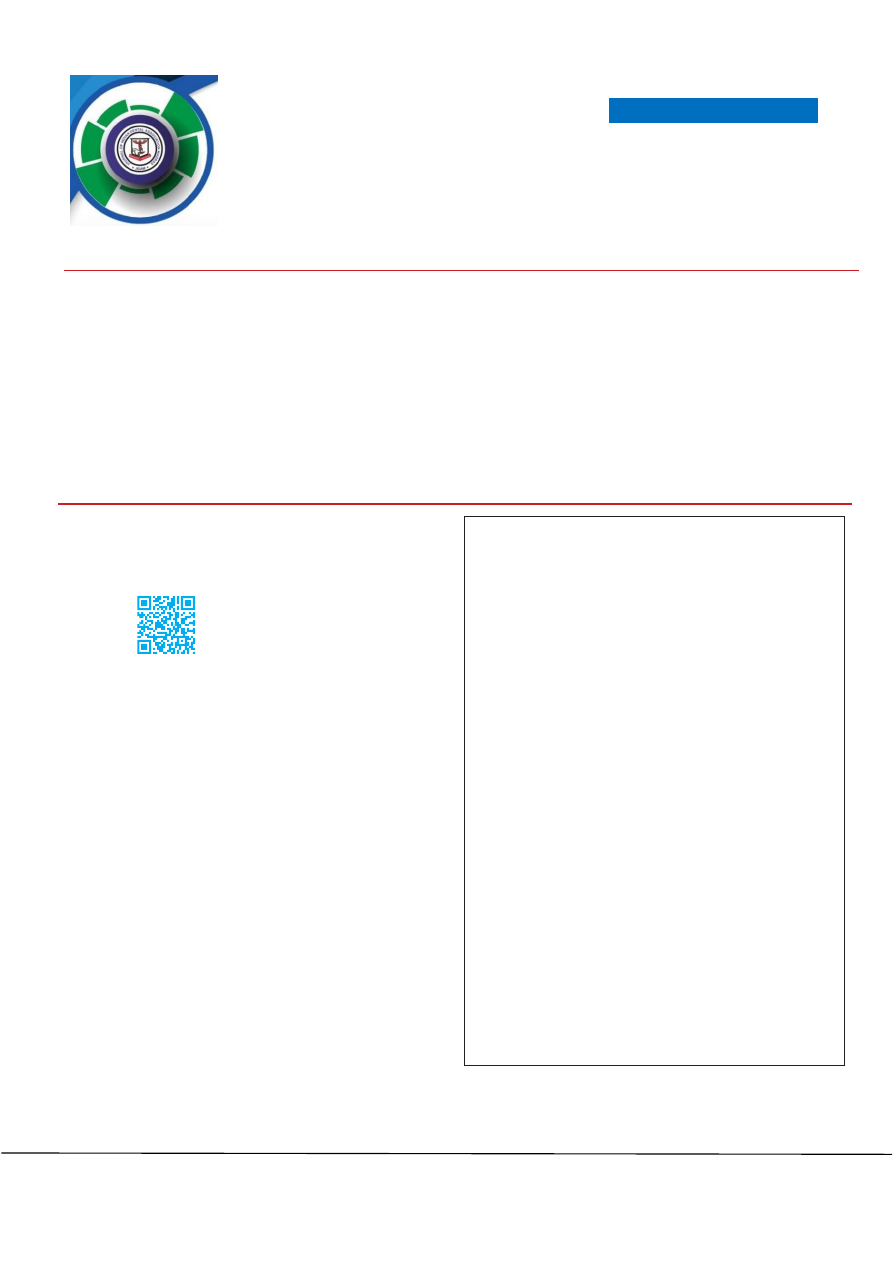
JIDAM “An Official Journal of IDA - Madras Branch” ©2021. Available
online
ISSN No: 2582-0559
Volume No: 8, Issue No: 2
47
META ANALYSIS
IMPACT OF ORTHODONTIC TREATMENT ON ALVEOLAR BONE
THICKNESS USING CBCTS: A META ANALYSIS
Dr Adeel Ahmed Bajjad, Dr Navneet Kour*
Department of Orthodontics & Dentofacial Orthopedics, Kothiwal Dental College and Research Centre, Moradabad,
UP, India
*Department of Periodontics, BRS Dental College, Haryana, India
DOI:
1.37841/jidam_2021_V8_I2_01
Address for Correspondence
Dr Adeel Ahmed Bajjad, MDS,
Senior Lecturer,
Department of Orthodontics & Dentofacial Orthopedics,
Kothiwal Dental College and Research Centre, Moradabad,
UP, India
Email id: dr4dentist@gmail.com
Received: 0
8.05.2021 First Published
:
31.05.2021
Accepted:
28.05.2021
Published:
27.06.2021
ABSTRACT
AIM:
To survey challenges in alveolar bone thickness around
the orthodontically treated teeth estimated with CBCT.
MATERIALS AND METHODS:
An electronic hunt was
directed in PubMed, Scopus, Embase and Cochrane Library,
utilizing search terms, with no restriction on distribution date, up
to July 2020. The articles chose for examination included
randomized controlled trials, case-control studies and cohort
investigations of patients treated with fixed orthodontic
appliance, which had estimated alveolar bone thickness with
CBCT when treated.
RESULTS:
Out of 150 articles, only 50 were related to the
subject. After proper title and abstract reading, only 9 articles
were found to be fit for the meta-analysis. All the articles were
found to be of medium quality with the change in alveolar bone
thickness around cervical third in labial portion of the teeth,
presenting increases of 0.4-0.64 mm with considerable results on
the palatal sides.
CONCLUSION:
On patients experiencing diverse orthodontic
treatment strategies, there was a noteworthy decrease in bone
thickness, for the most part on the palatal side. These findings
were significant and must be considered in determination and
arranging of tooth development, so as to forestall the event of
dehiscence and fenestration in alveolar bone.
KEYWORDS:
Alveolar Bone Thickness, CBCT, Orthodontic
Treatment, Thickness